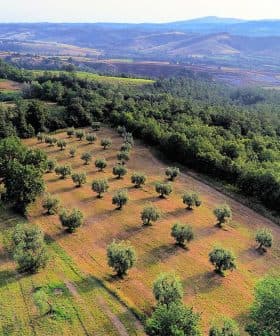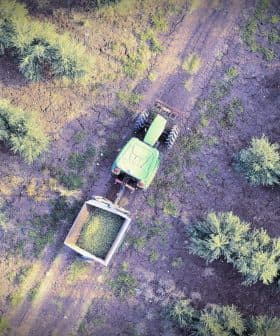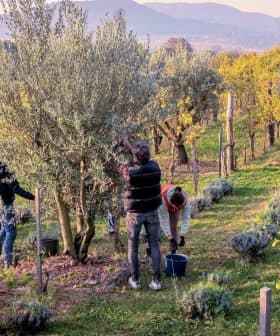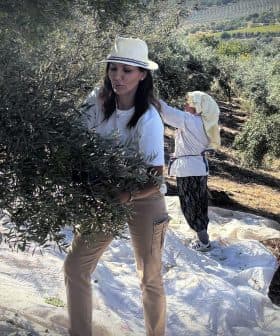Quality Is Key in El Mistol’s Drive to Grow in Argentina, Expand Exports
The producer hopes the new government’s policy agenda and the company’s investments to expand production will improve profitability and grow the local consumer base.
 El Mistol has 178 hectares of olive groves with plans to plant 89 more. (Photo: El Mistol)
El Mistol has 178 hectares of olive groves with plans to plant 89 more. (Photo: El Mistol) In preparation for the 2024 harvest, olive oil producers in Argentina, such as El Mistol, are navigating challenges including high prices, global warming, and economic difficulties. El Mistol is expanding its production capabilities, entering new markets, and participating in international competitions to position itself for success in the competitive olive oil industry. Despite facing various obstacles, El Mistol’s general manager, Victoria Mercado, remains optimistic about the future of Argentine olive oil production and is focused on promoting high-quality olive oil consumption through initiatives like oleotourism.
In the wake of an unusually warm winter and a radical change in the national government, olive oil producers across Argentina are preparing for an eventful 2024 harvest.
With two groves, a modern mill and stunning views of the Andes Mountains in San Juan province, El Mistol is no exception.
“When the owners bought the land, there was a mistol [a spiny, fruit-bearing tree],” Victoria Mercado, El Mistol’s general manager, told Olive Oil Times. “In general, there are not many of these trees in San Juan; they are more common farther north. That’s why the owners chose the name.”
See Also:Producer ProfilesEl Mistol markets branded extra virgin olive oil locally and to neighboring Brazil and Uruguay. “We also mill olives for other producers and produce bulk olive oil,” she said.
The balance between these three revenue sources varies from year to year based on prices and other market forces.
“What we find this year, due to the high olive oil prices, is that it has been very difficult to reach the final consumer in Argentina at those values,” Mercado said. “Argentines cannot absorb these increases due to the economic situation that the country is going through.”
“However, there was a lot of demand for bulk oil for Europe due to the shortages they are also suffering,” she added. “So, last year, most of the oil produced was sold in bulk.”
Still, Mercado said El Mistol’s brand retains a strong market position in Argentina, Brazil and Uruguay. Most of the company’s bulk exports go to Portugal and Spain for local bottlers to blend and resell on the domestic market or re-export under their brands.
The company is also developing relationships to sell its branded olive oil in Mexico and investing in quality certifications to help enter the competitive United States olive oil market.
While its mill is new, Mercado said the company has been producing olive oil for a long time, harvesting olives from its first grove, 20 kilometers from the city of San Juan, and transforming them at another local mill.

El Mistol’s focus on quality is embodied by their investment in a modern mill a few years ago. (Photo: El Mistol)
The company’s original grove is about 20 years old, with between 100 and 110 hectares of Picual, Manzanilla and Arbequina trees planted traditionally.
In 2021, the company bought a second piece of land near Sarmiento and planted 68 hectares of Arbequina olives over two years at super-high density, intending to plant 89 more hectares of Arbequina in the coming years.
Unlike the company’s first olive grove, Mercado said this one is planted in a better area for olive growing, with a higher thermal amplitude.
“[The original olive grove] is planted in an area that is very cold,” she said. “It is quite complicated for the olives to grow in the best way possible, but we have been working hard to get the best out of them, including through irrigation and fertilizer applications.”
Once the trees in the second grove enter maturity, the company expects to drastically increase production and decrease reliance on purchasing olives from third parties, which accounts for about 80 percent of its annual production.
“The idea is to position the brand both in the local and international markets,” Mercado said. “That is why we also participate in international competitions to position ourselves, build name recognition and know where the market is going.”

Entering the NYIOOC is one prong of El Mistol’s strategy to increase individually packaged exports. (Photo: El Mistol)
Among these competitions was the 2023 NYIOOC World Olive Oil Competition, where El Mistol earned a Gold Award and Silver Award for a pair of medium-intensity blends.
Mercado hopes for repeat success after the 2024 harvest, which begins in mid-April. While it is still too early to provide a precise estimate, she anticipates a low harvest compared to last year in line with other recent off years.
On and Off Years
In the context of olive oil production, the term “off-year” refers to a year in which olive trees produce a lower yield of olives. Olive trees have a natural cycle of alternating high and low production years, known as “on-years” and “off-years,” respectively. During an “on-year,” the olive trees bear a greater quantity of fruit, resulting in increased olive oil production. This is influenced by various factors, including weather conditions, such as rainfall and temperature, as well as the tree’s age and overall health. Conversely, an “off-year” is characterized by a reduced yield of olives. This can occur due to factors like stress from the previous on year, unfavorable weather conditions or natural fluctuations in the tree’s productivity.
“With this issue of global warming, we had a few hours of cold in the winter, with little thermal amplitude,” she said, referring to the significant day and night temperature differences necessary for adipogenesis, the accumulation of fat in the olives.
“As a result, the olive trees could not produce enough fat to achieve the best yields this year,” Mercado said, noting a lower level of fruition in the groves.
She added that it remains too early to tell what impact the climate conditions would have on the final yield. However, she noted the situation was likely to be widespread across San Juan and La Rioja, two of the country’s largest olive oil-producing provinces.
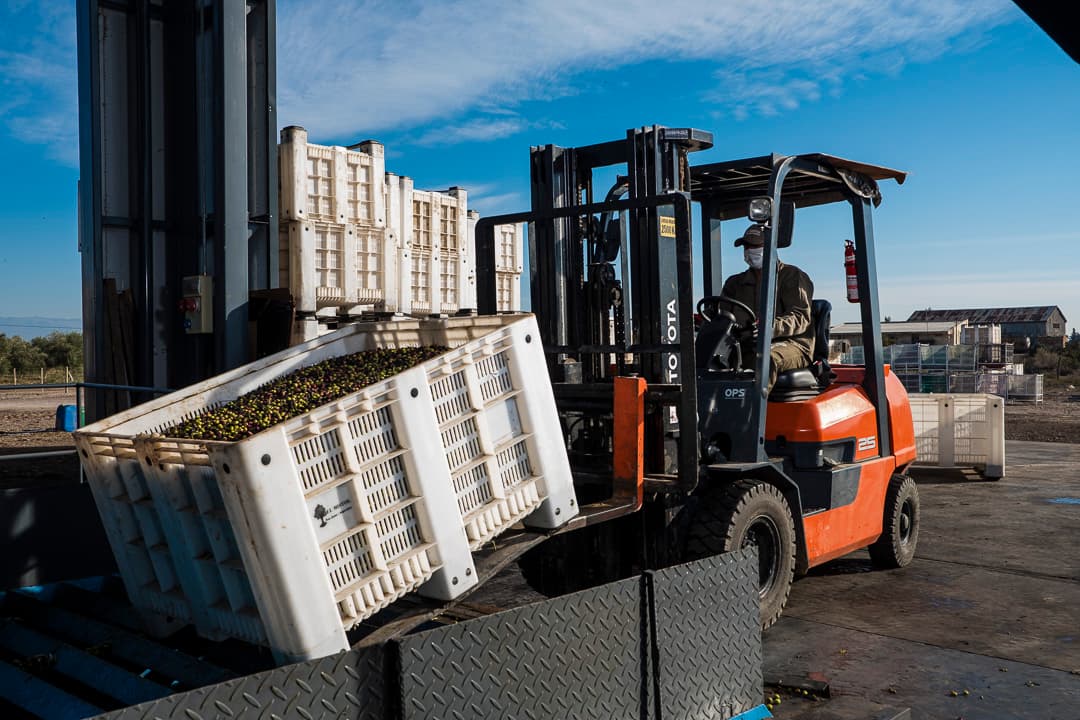
About 20 percent of El Mistol’s annual production comes from its own trees. The rest is purchased from other growers. (Photo: El Mistol)
While Mercado views warmer winter temperatures as a long-term challenge Argentine producers will continue to face, she is less worried about the impacts of drought.
Until the onset of El Niño last year, Argentina had been in a severe drought. Mercado said that many larger producers have deep wells and can rely on the aquifer.
However, smaller producers reliant on surface water were struggling to irrigate. “In the cases of olive farmers who didn’t have wells, some have abandoned their olive groves,” she said.
Even producers who do have wells must use water efficiently, Mercado said. El Mistol uses drip irrigation to minimize energy consumption and water use.
Away from climatic and agronomic challenges, El Mistol and most other Argentine producers face various economic challenges, including the high cost of imported goods, especially glass bottles, bottle caps and bag-in-box containers. “It is quite difficult to access different primary packaging options,” Mercado said.
The high prices Argentine producers pay for these input costs, along with the need to sacrifice quantity for quality, makes it very difficult to sell individually packaged extra virgin olive oil profitably in Argentina.
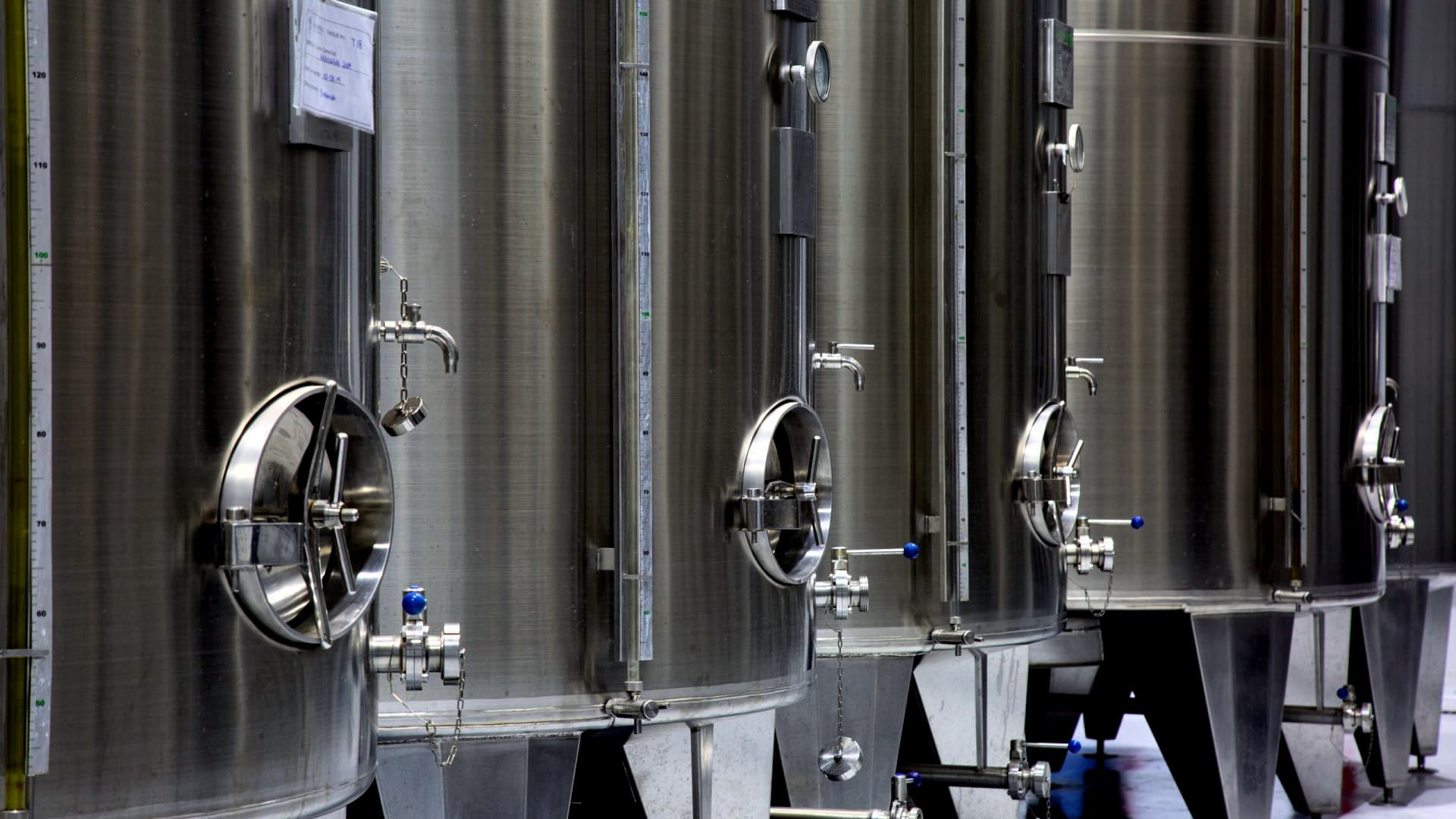
El Mistol earned two awards at the 2023 NYIOOC for blends made with Picual and Arbequina olives. (Photo: El Mistol)
However, Mercado believes that the new conservative government’s executive orders and stalled legislative agenda could improve the situation. However, it will take time for olive oil producers and exporters to reap these benefits.
“We are all paying a little for the adjustments being made, but I think we are going to have a positive ending,” she said.
Production costs are expected to rise in the short term as the government fulfills its promise to remove electricity and energy subsidies. “But maybe this is something that must happen to reach equilibrium in the economy and move the country forward,” Mercado said.
She added that removing complicated currency controls imposed by previous governments to keep the Argentine peso at an artificially high value would help exporters and producers selling domestically by increasing the revenue earned for exported olive oil while lowering the cost of imported goods.
Overall, Mercado is optimistic about the future of Argentine olive oil production but acknowledges that plenty of challenges remain.
“There is still a lot missing for Argentina to develop a culture of consuming high-quality extra virgin olive oil,” Mercado said, echoing the opinions of other producers who believe they must follow the path of Malbec, which went from a relatively unknown French grape variety to the pride of Argentina over two decades.
She believes that promoting oleotourism may be part of the solution. To that end, El Mistol is developing tourism offerings, including opening a restaurant at its original grove.
However, successful olive oil production in Argentina remains dependent on achieving economies of scale to lower costs and widen the thin profit margins that producers can earn.
“We’re also looking for more land around our second olive grove to continue growing and producing more olives,” Mercado concluded.
Share this article



